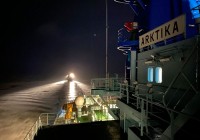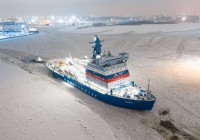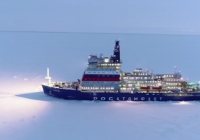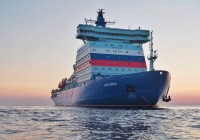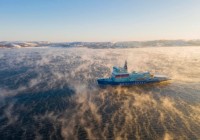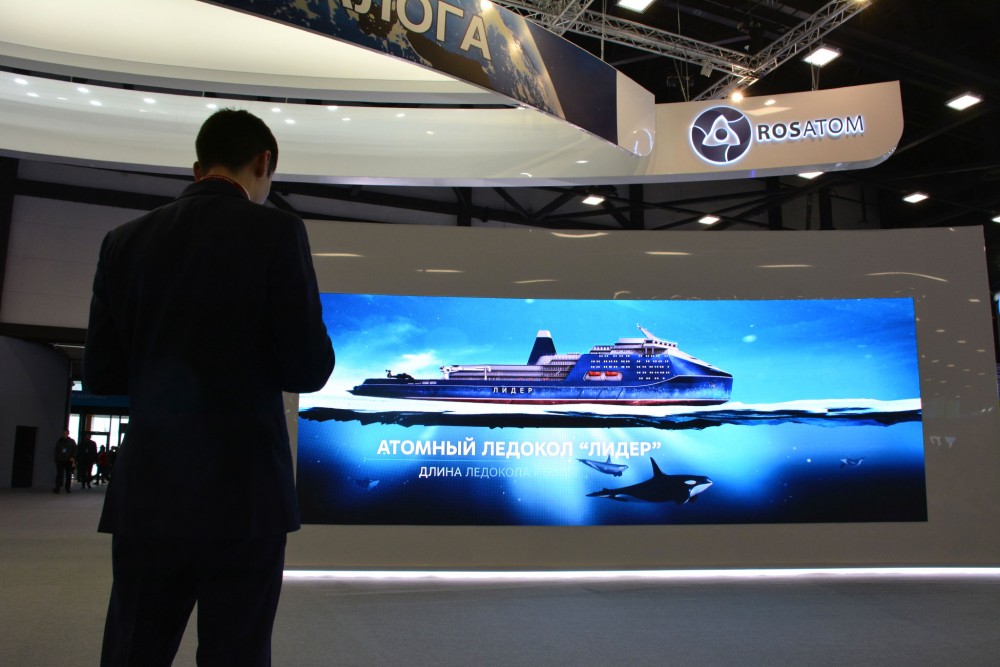
Moscow lowers ambitions in nuclear icebreaker program, will not build fleet of new super-powerful vessels after all
ADVERTISEMENT
An updated version of Russia’s Arctic Strategy states that Russia will only build one “Lider,” not three as originally planned. The amended document signed by President Putin on the 27th of February reads that only the lead ship of the new class will be built before 2035.
The lead ship carries the name “Rossiya” and is currently under construction at the Zvezda yard in the Russian Far East. It is due to be ready for sailing in 2027.
The Lider (project 10510) will be equipped with two RITM-400 type nuclear reactors and have a total capacity of 120 MW, twice the power of the currently most powerful icebreakers. It will be able to crush through ice thicker than four meters.
The vessel is very complicated to build, and it comes at an extraordinarily high price. The Russian government in January 2020 allocated 127 billion rubles (€1,85 billion) for the construction of the lead ship.
The reduction of the number of Liders is compensated by the construction of more LK-60 icebreakers. While the original strategy document from 2020 includes the construction of “no less than five” icebreakers of the 22220 class, the updated documents reads “no less than seven” vessels of the kind.
Russia already has three ships of the class in operation; the Arktika, Sibir and Ural. By year 2035, also the Yakutia, Chukotka, Kamchatka and Primorie will be completed.
ADVERTISEMENT
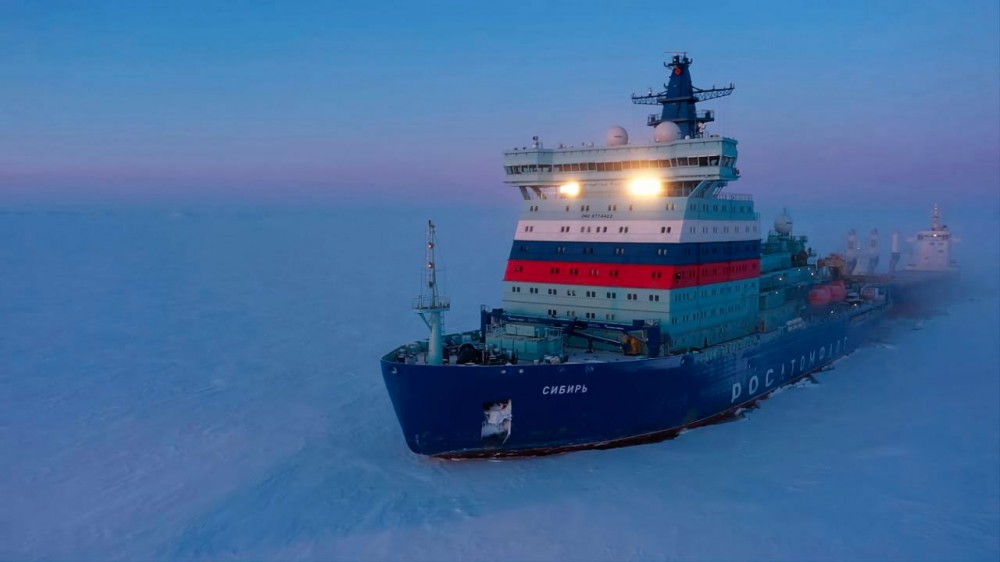
The Arctic Strategy also outlines the construction of 30 rescue and support ships, as well as three hydrographic survey ships and two piloting ships by 2030.
The updated document comes only two days after the European Commission adopted its 10th package of sanctions against Russia, a part of which is aimed at nuclear icebreaker operator Atomflot.
According to the Commission, the sanctions against Atomflot will reduce Russia’s ability to take use of the Northern Sea Route to exploit its vast Arctic oil and gas reserves.
“With oil and gas exports shifting from Europe to Asia as a result of Russia’s war of aggression against Ukraine and subsequent Westerns sanctions, Russia’s icebreaker fleet is key to the country’s Arctic hydrocarbon strategy. In order to escort oil and gas tankers on the much longer and more challenging voyage from the Yamal and Gydan peninsulas to Asia, rather than the much shorter and less iceinfested route to Europe, Russia relies on Atomflot’s fleet of nuclear icebreakers,” an explanation from the Commission reads.
Vladimir Putin has since 2018 had the development of the Northern Sea Route as one of his key priorities and federal agencies have been commissioned to reach 80 million tons of goods per year on the route by 2024.
The lion’s share of the projected goods traffic is oil, liquified natural gas and coal.
ADVERTISEMENT
The Barents Observer Newsletter
After confirming you're a real person, you can write your email below and we include you to the subscription list.



